After several months of leaks and rumors, Samsung finally showed off its foldable phone at the Samsung Developer Conference 2018 in San Francisco, California.
The company made several announcements at the conference, including a new “One UI” for its phones, Infinity Flex Display (foldable display) and updates for the Bixby digital assistant.
They didn’t really let anyone see the phone up close, or shared any specifications, but they did show a prototype on stage. Here’s what it looked like: (courtesy GSMArena)
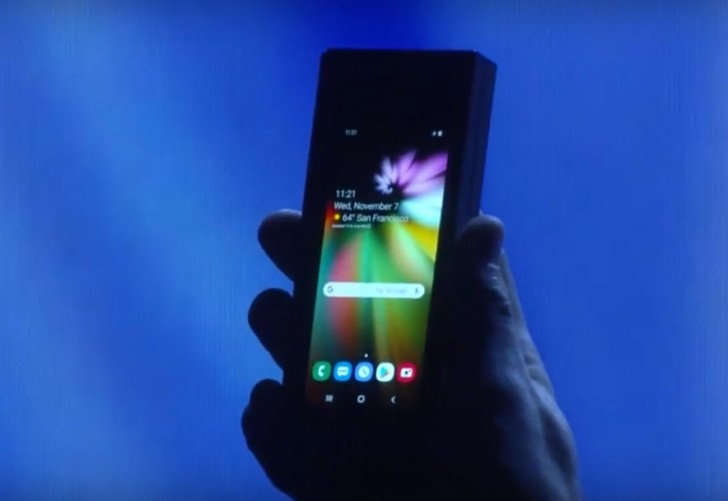
It folds the same way as Royole FlexPai (the Chinese flexible display phone revealed earlier). When opened up, it looks like a 7.3″ tablet, which can be folded vertically to allow users to use it as a regular phone.
There is a key difference in the way they work though. FlexPai folds outwards with the display outside when closed, while Samsung’s Infinity Flex bends inwards on itself, closing up like a book with the display inside.
There will be another display on the outside to let you use the phone when it’s folded.
Unlike the FlexPai, Samsung’s phone will fold in half with no space in the middle, allowing for better portability.
Samsung’s intention with this exhibition was to urge developers to start writing apps for these types of displays.
One UI
The One UI mentioned earlier is important here. Remember how we mentioned that Samsung was collaborating with Google for the software side of things? This is what came out of it.
One UI is designed to be minimal, keeping the important stuff at the bottom of the display for easy one-handed use when folded or unfolded.
Also, unlike FlexPai UI, Samsung’s One UI easily transitions from a tablet-focused UI to a smartphone-like UI when you open the display or fold it. It can keep up to 3 apps open at the same time on the display, making the most out of the large screen real-estate.
Mass Production and Technical Challenges
It will enter mass production in coming months, which is a feat in of itself considering the technical challenges in making such a display. Glass is a no-no for obvious reasons. Samsung had to come up with a different protective layer for the display, which uses a composite polymer that is both flexible and tough.
Another issue that came up was durability. A phone like this will be folded and unfolded several hundred times, if not thousands. To avoid degradation over time, the company made a special kind of adhesive which will keep everything stuck together no matter how many times you fold or unfold the display.
Samsung also had to reduce the thickness of the display’s polarizer (making it 45% thinner) to keep it in line with other slimmer smartphones and to avoid making it too thick to be portable.
We’ll have to wait for Samsung to officially announce the Galaxy F or whatever it’s called in the future. For now, we have no official release date yet.
Via GSMArena
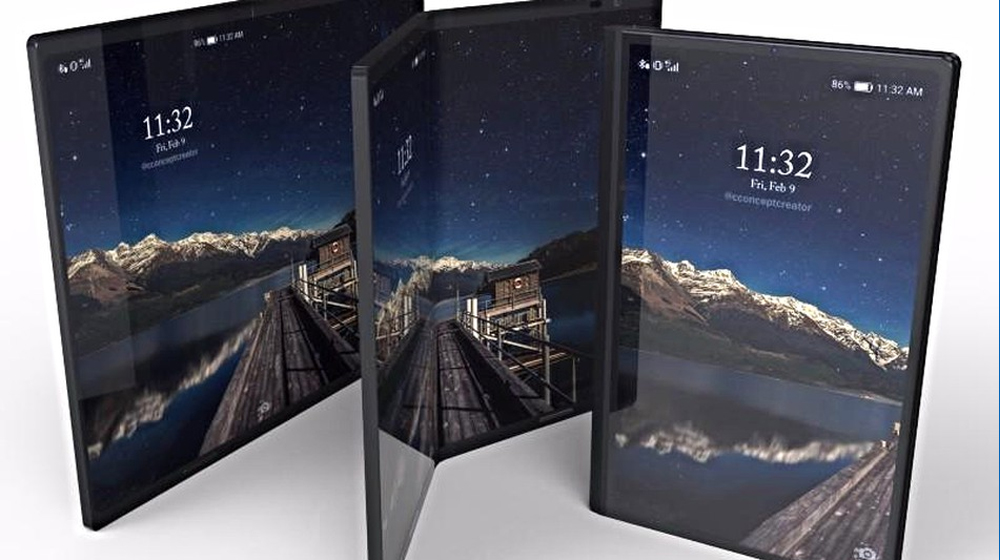
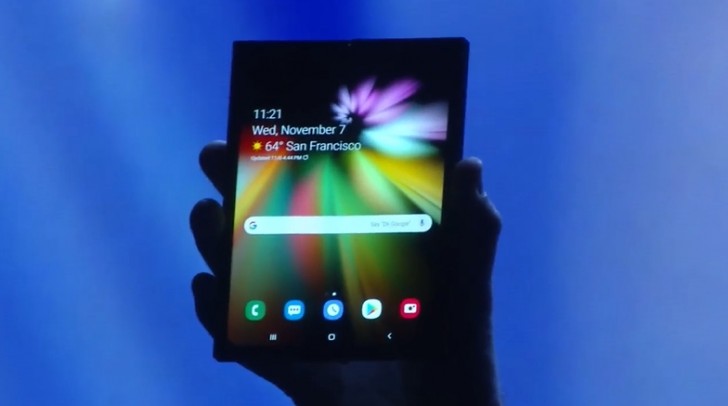
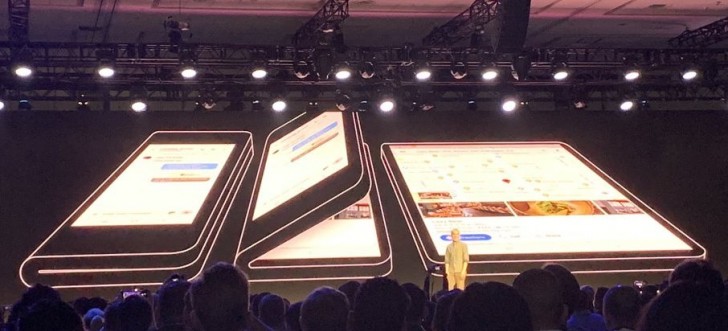
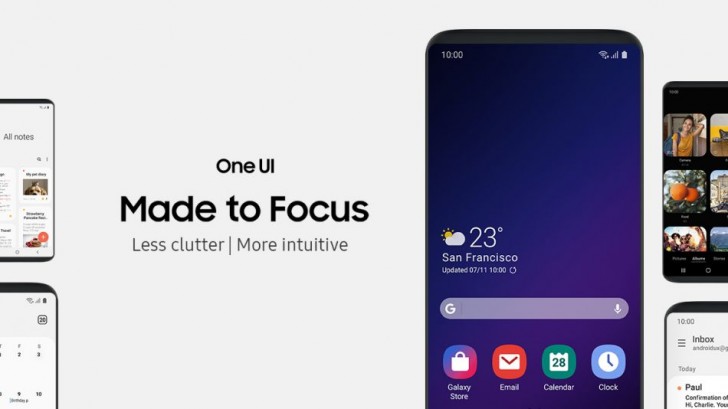

























I thought they would have released it but not yet is the sign board